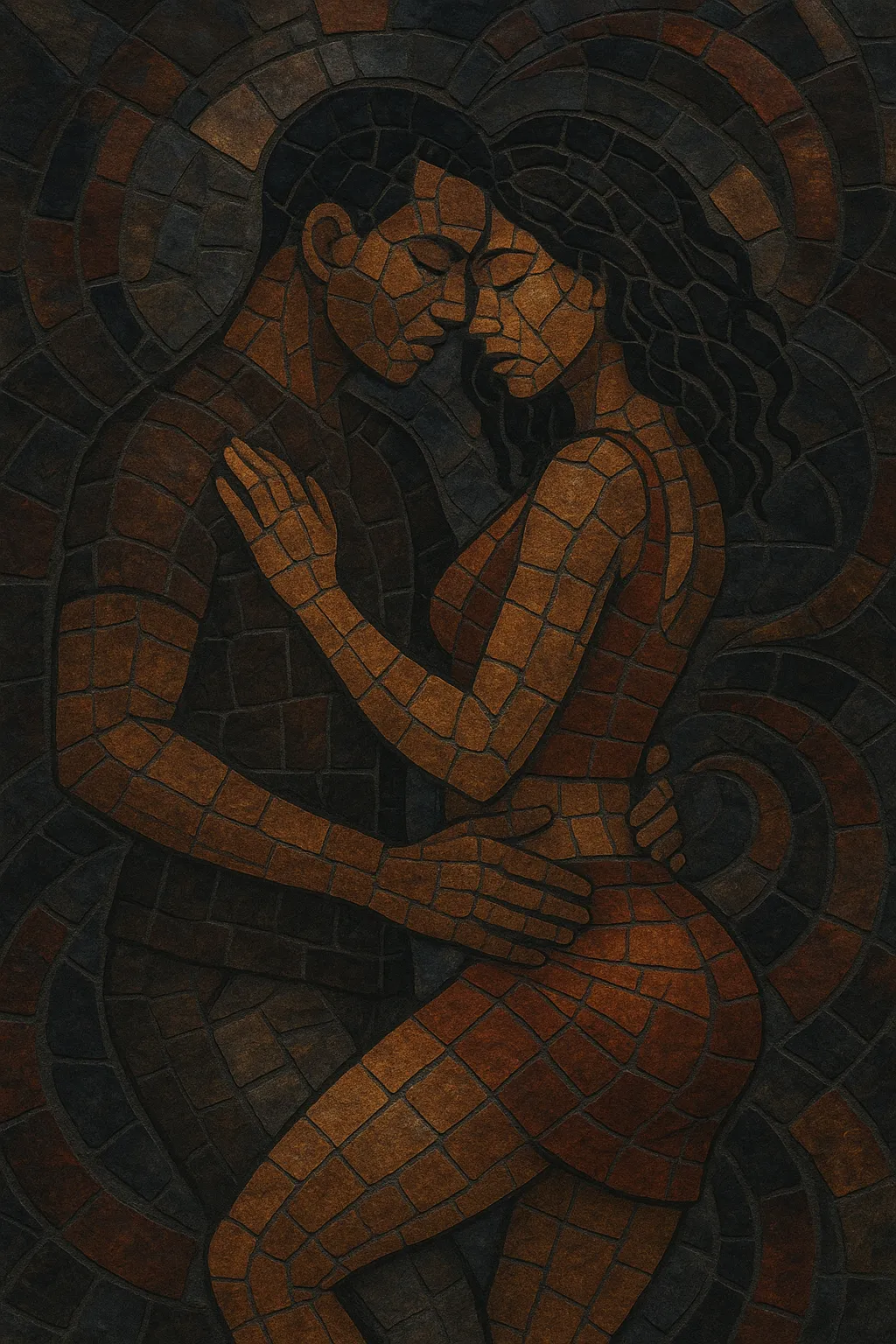Tarraxinha is a slow, intimate Angolan club style that grew out of kizomba and urban Lusophone party culture. It strips the music down to a minimal, bass‑forward groove with sparse percussion, dark pads, and whispery vocals, leaving space for close‑hold, body‑isolating dance.
Typically sitting around 80–95 BPM, tarraxinha emphasizes sub‑bass movement and syncopated drum programming rather than melodic virtuosity. The lyrics, often in Angolan Portuguese or Cape Verdean Creole, tend to be romantic, flirtatious, and sensual, matching the dance’s controlled, grounded energy.
Tarraxinha emerged in Angola in the late 1990s as a slower, more intimate offshoot of kizomba. While kizomba itself fused Angolan semba with Francophone zouk, tarraxinha further reduced the musical texture: fewer chords, less melody, more sub‑bass and space. The name evokes the close, “screwed‑in” body connection of the dance.
Through the 2000s, Angolan DJs and singers refined tarraxinha in clubs and street parties. Lusophone diaspora scenes in Portugal, France, the Netherlands, and Cape Verdean communities embraced the sound, weaving it into ghetto zouk/kizomba sets. Producers favored drum machines, filtered pads, and 808 subs that carried well on small club systems.
In the 2010s, Portuguese‑based DJs and producers helped spotlight Lusophone club forms internationally. While kuduro drew the most attention for its energy, the slower tarraxinha pulse fed into Lisbon’s Afro‑diasporic club currents and primed ears for new hybrids. Parallel trends like “zouk bass” briefly brought the tarraxinha/kizomba tempo and aesthetics to wider electronic audiences.
Tarraxinha remains a staple in kizomba socials and Lusophone club nights worldwide. Its modern iterations keep the minimalist, bass‑centric ethos while selectively folding in contemporary sound‑design and Afro‑house textures, but the core purpose—music for close, connected dancing—stays intact.


